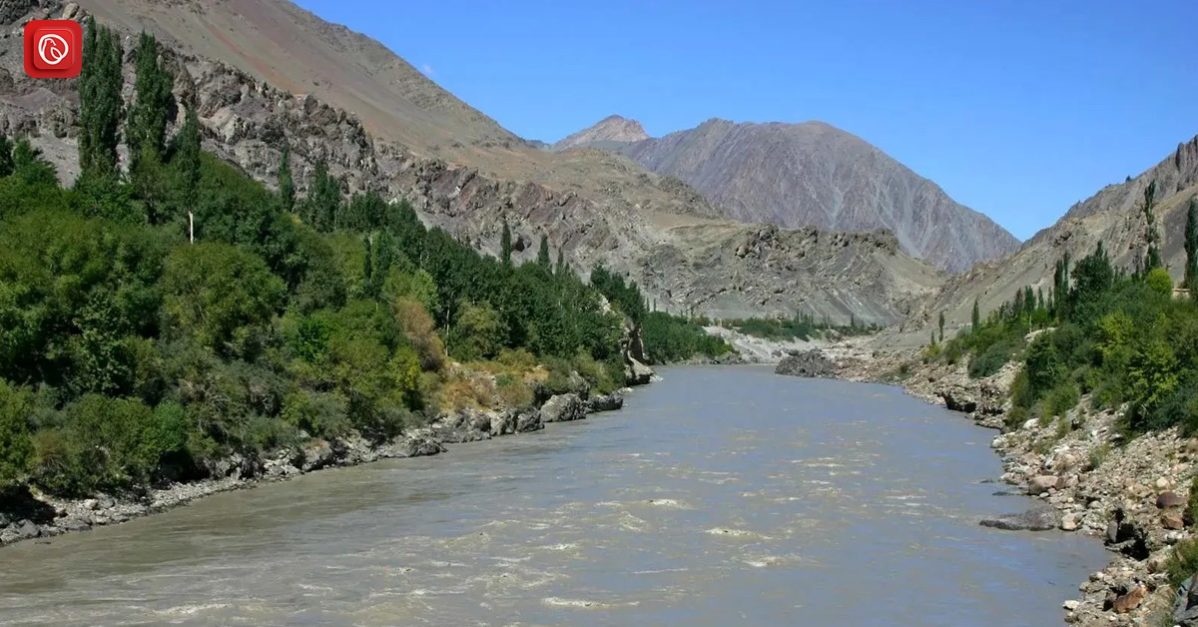
Flowing through the stunning landscapes of South Asia, the Indus River ranks among the world’s longest rivers. It has greatly influenced the histories of what we now call India and Pakistan. The river has been an important resource for ancient civilisations that thrived in the Indus Valley.
This region played a role in one of the world’s earliest cultures, as evident in the ancient hymns and writings from India. The river is so important that it’s actually where the name of the country comes from.
In this blog, Graana.com will take you on a journey to explore the interesting history, cultural significance, and ecological importance of the mighty Indus River, and how it has profoundly impacted the lands and communities it has supported for centuries.
Under the following headings, you will find the features and geography of the Indus river.
The Indus River system is primarily fed by snowmelt from the mountains. The flow of these rivers varies throughout the year, with the lowest water levels during December to February, a rise in spring and early summer , and floods during July to September. Sometimes, there are sudden and devastating flash floods.
Most of the water in the Indus and its tributaries comes from the hilly upper regions of their catchment areas. This means that their flow is highest when they flow out of the foothills, and not much water is added as they move through the plains. Here, evaporation and seepage reduce the volume of water.
However, there is some additional water due to seepage after the monsoon months. The main Indus River is at its lowest from mid-December to mid-February, starts rising slowly, and then rapidly from the end of March. The highest water levels are usually between mid-July and mid-August, followed by a gradual decrease until the start of October.
The upper Indus carries about 26.5 cubic miles of water annually, which is slightly less than half of the total water supply in the Indus River system. The Jhelum and Chenab rivers together account for about one-fourth, and the Ravi, Beas, and Sutlej rivers make up the rest.
Over a long period of time, there is evidence that the course of the Indus River has shifted. This has been happening for at least 4,500 years since the time of the ancient Indus civilisation.
The river used to be confined between limestone ridges in Sindh but has been shifting mainly to the west, especially in its delta region. In northern Sindh, the Indus has moved westward by about 10 to 20 miles in the last seven centuries.
The climate in the Indus River region undergoes significant variations from its source to where it meets the sea. This area receives annual precipitation ranging from 5 to 20 inches. Except for the mountainous region in Pakistan, the Indus valley is located in one of the driest parts of the subcontinent.
During the winter, the upper Indus valley experiences northwest winds that bring about 4 to 8 inches of essential rainfall, which is crucial for the successful cultivation of crops such as wheat and barley. In the upper Indus’s mountainous areas, most of the precipitation falls as snow.
A substantial portion of the Indus River’s water supply originates from the melting snow and glaciers in the Karakoram, Hindu Kush, and Himalayan mountain ranges. The remainder of the river’s flow is attributed to the monsoon rains that occur from July to September.
The climate across the Indus valley exhibits significant diversity, ranging from the arid semi-desert conditions in Sindh and Punjab provinces to the extremely harsh high mountain climate found in regions like Kohistan, Hunza, Gilgit, Ladakh, and western Tibet.
In the northern mountainous areas, temperatures in January typically average below freezing, while in Sindh and Punjab provinces, daytime high temperatures in July can average around 38°C. Jacobabad, located to the west of the Indus River in northern Sindh, is renowned as one of the hottest places on Earth and frequently experiences summer maximum temperatures of 49°C.
Following are a few of the FAQs regarding Indus river:
The Indus River is one of the major rivers in Pakistan, flowing through China, India, and Pakistan. It has a rich historical and geographical significance and is a lifeline for the region.
The Indus River originates in southwestern Tibet Autonomous Region, China, near Lake Mapam.
The Indus River is approximately 1,990 miles long, making it one of the longest rivers in Asia.
The Indus River flows through China, India, and Pakistan. The majority of its course is within Pakistan.
The Indus Valley, through which the river flows, is the site of one of the world’s earliest urban civilizations, the Indus Valley Civilization (circa 3300–1300 BCE).
This was all about the Indus river. For more information like Indus Valley Civilization, visit Graana.com.
Lahore: The Lahore Development Authority (LDA) has announced plans to launch development works in the…
KARACHI: The Sindh government is set to launch the Lyari Transformation Project this year to…
Islamabad: The Capital Development Authority (CDA) has added two major infrastructure initiatives to its latest…
Islamabad / Northern Pakistan: A 5.6 magnitude earthquake struck parts of northern Pakistan on Friday,…
Islamabad: National Highway Authority (NHA) Chairman Muhammad Sheheryar Sultan has announced that the authority has…
Lahore: In a landmark development, the Punjab Environment Department has issued its first-ever comprehensive environmental…